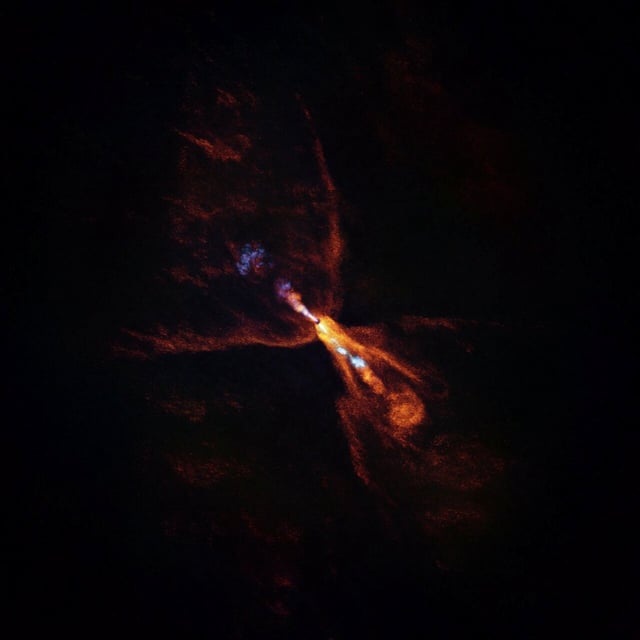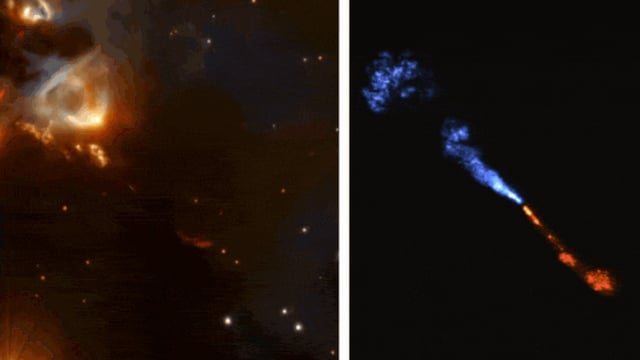Overview
- Silicon monoxide gas was observed condensing into crystalline silicate minerals at about 2.2 astronomical units from HOPS-315.
- The protostar HOPS-315 is estimated to be 100,000 to 200,000 years old and lies roughly 1,300 light-years away in the Orion constellation.
- Combined data from NASA’s James Webb Space Telescope and ESO’s ALMA telescope enabled the direct detection of early grain assembly.
- The observations validate theoretical models that propose mineral condensation precedes the buildup of planetesimals.
- Research teams are planning follow-up observations to monitor grain growth and to search for similar protoplanetary systems.


